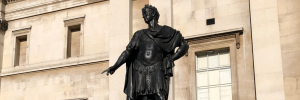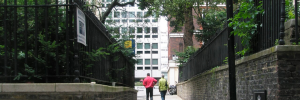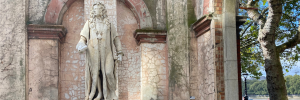London is home to a wealth of history and culture, with countless landmarks and works of art to discover. You may have seen the Monument, which commemorates the Great Fire of London, or St Paul’s Cathedral, which rose from the destruction of that fire, but do you know about the Dane who did sculpture on both, was imprisoned for gambling debts and had to be let out on day release to do his work?
One artist whose works may be familiar to those who have explored the city is Caius Gabriel Cibber, a Danish-born sculptor who lived from 1630 to 1700. Despite his relative obscurity today, Cibber left his mark on London through his many London-based commissions.
Who was Caius Gabriel Cibber?
Originally known as Sieber (or even Cibbert), he was born in Denmark in 1630, the son of the cabinetmaker to the Danish king. The king, recognising his talent, paid him to study art in Italy. He then is known to be in the Netherlands working for the English sculptor, John Stone, and moved to London in the late 1650s, where he spent the rest of his life. He set up his own workshop and started to get many commissions. He eventually was appointed by King William III Sculptor in Ordinary, but it was an honorary title, as he has yet to do much work for the King or be paid much by him. He died in 1700 and was buried in the Danish church in Wellclose Square, Tower Hamlets, which he had designed. After the building was sold, it was demolished in 1870, so his grave disappeared.
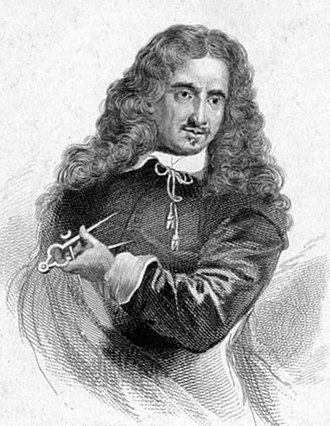
As you start my “Great Fire of London” walk, you will see probably his best preserved outdoor work – the bas-relief on the frieze on the west side of the Monument. Completed in 1677 and designed by Sir Christopher Wren and Dr Robert Hooke, the Monument commemorates the 1666 Great Fire of London. The frieze is an allegory showing the destruction of the City of London and its reconstruction. We see King Charles II, dressed as a Roman Emperor but still wearing his trademark wig, coming to the aid of the City (the woman in distress) with the help of, amongst others, Architecture (holding the plan for the rebuilt City of London) and his brother the Duke of York. You could spend ages spotting all the fine detail and the hidden meaning – I see something new each time.
Although Cibber was successful, he had a gambling habit and wasted all his and his wife’s money, ending up in debtors’ prison (including the infamous Marshalsea) for 6 years for non-payment of his debts. Wren and Hooke managed to get special court permission for him to be given a day’s release to be able to do his work on the Monument.
You will see another Cibber depiction of Charles II if you come on our Soho Tour. In Soho Square is his full-size statue, admittedly looking rather weathered. This time he is wearing armour and his “big wig”.
A third version of the king – this time in full state robes and again very weathered – is rather further afield – on Lichfield Cathedral – not by Cibber this time but by a contemporary of his – Sir William Wilson.
At the end of my Great Fire of London walk, if you look up, you will see another commission for Cibber from Sir Christopher Wren. It is the phoenix in the pediment on the south side of St Paul’s Cathedral. This mythical bird dies in the fire to be reborn from the ashes, representing the regeneration of St Paul’s (and the City of London) after the Great Fire. It is much larger than it looks – 18 feet long and 9 feet high (about 6 by 3 metres).
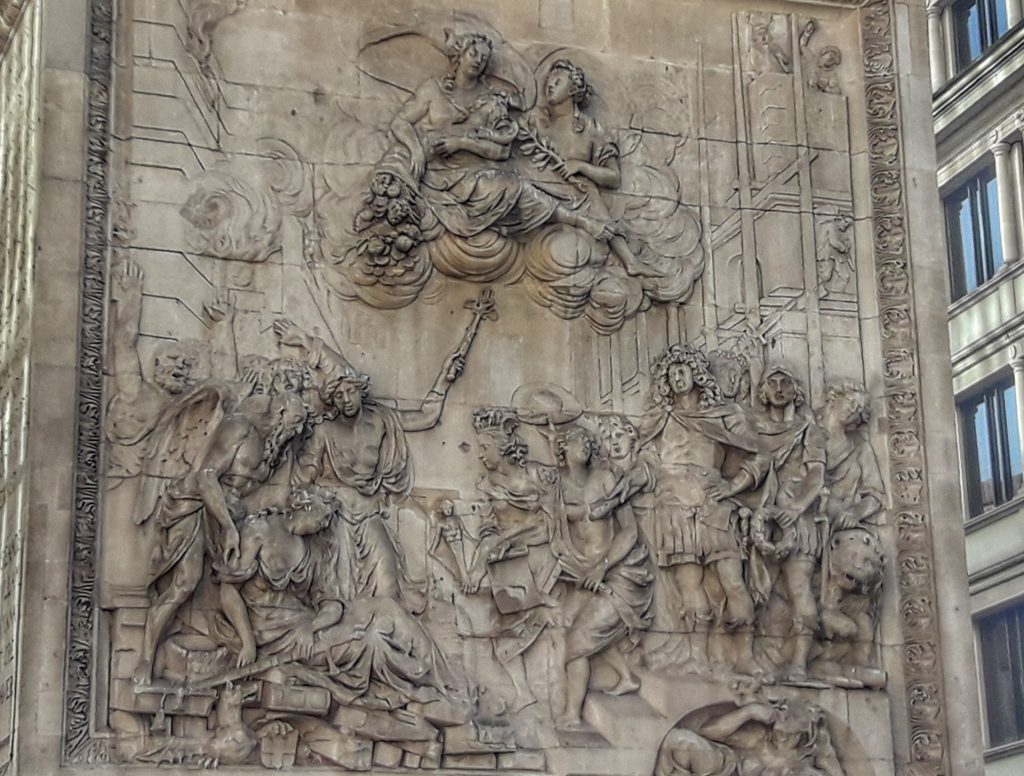
Other places you may have seen his work in London are:-
In Devereux Court, just to the west of Middle Temple – on the wall, there is the bust of Robert Devereux, the 3rd Earl of Essex, a Parliamentary general, after whom the alleyway is named. He was born in Essex House, part of which was on this site.
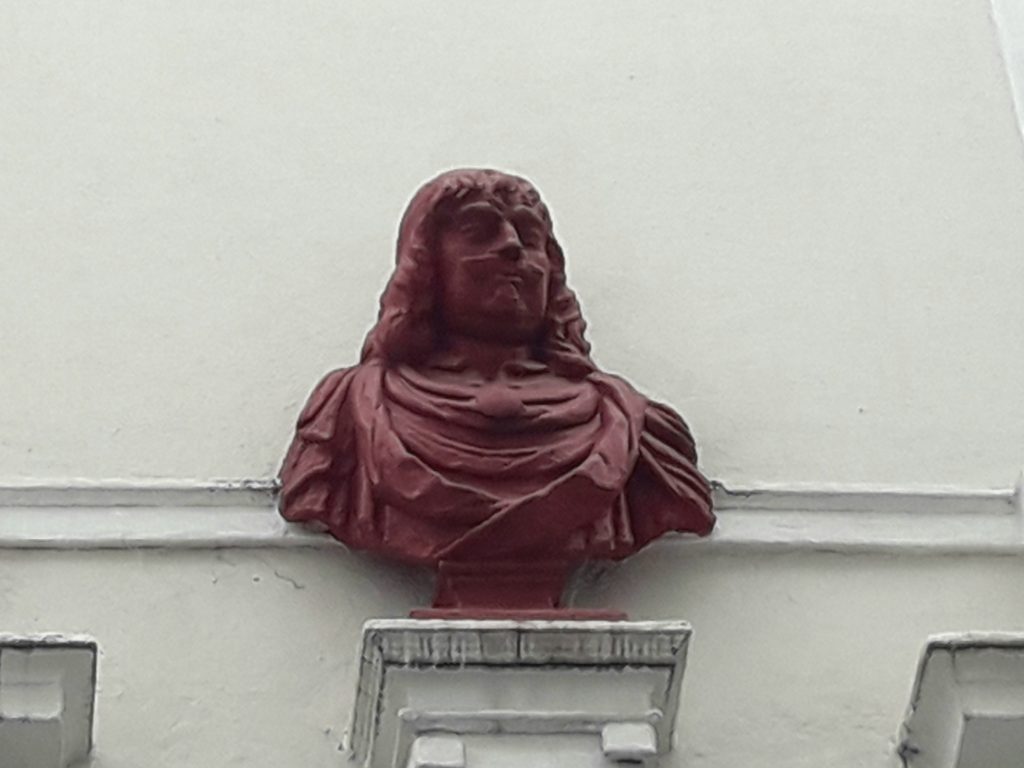
Hampton Court – Sir Christopher Wren commissioned him to carve the pediment on the eastern front and the Great Urn in the garden.
Victoria and Albert Museum – Boy Playing the Bagpipes.
Raving Madness and Melancholy Madness – at the Bethnal Museum of the Mind in Beckenham. They were originally on the portico entrance to the Bethlem Hospital (Bedlam), which treated mental illness, when it was in Moorfields, in the City of London.
Another contribution of Caius Gabriel Cibber to England’s cultural legacy was his son – Colley Cibber, an actor, playwright, and theatre manager who became England’s Poet Laureate.
Come and see some of the work of this gambling sculptor by joining us on either our Great Fire of London walk or Soho walk.
Top Ten Facts About Caius Gabriel Cibber:
- Caius Gabriel Cibber was born in Denmark in 1630, the son of the cabinetmaker to the Danish king.
- His talent was recognised by the Danish king, who paid for him to study art in Italy.
- After working with the English sculptor John Stone in the Netherlands, Cibber settled in London in the late 1650s, where he spent the rest of his life.
- He established his own workshop in London and received many commissions, eventually becoming the Sculptor in Ordinary for King William III.
- Cibber’s best-known work is the bas-relief on the frieze on the west side of the Monument commemorating the Great Fire of London.
- He also created the phoenix sculpture in the pediment on the south side of St. Paul’s Cathedral, representing the City’s regeneration after the Great Fire.
- Cibber had a gambling habit that led him to waste all his and his wife’s money, resulting in six years of debtor’s prison.
- While in prison, Cibber was given special court permission to work on the Monument.
- Cibber’s son, Colley Cibber, was an actor, playwright, and theatre manager who later served as Poet Laureate of England.
- Cibber’s other works throughout London include a statue of King Charles II in Soho Square and the bust of Robert Devereux, the 3rd Earl of Essex, in Devereux Court.

